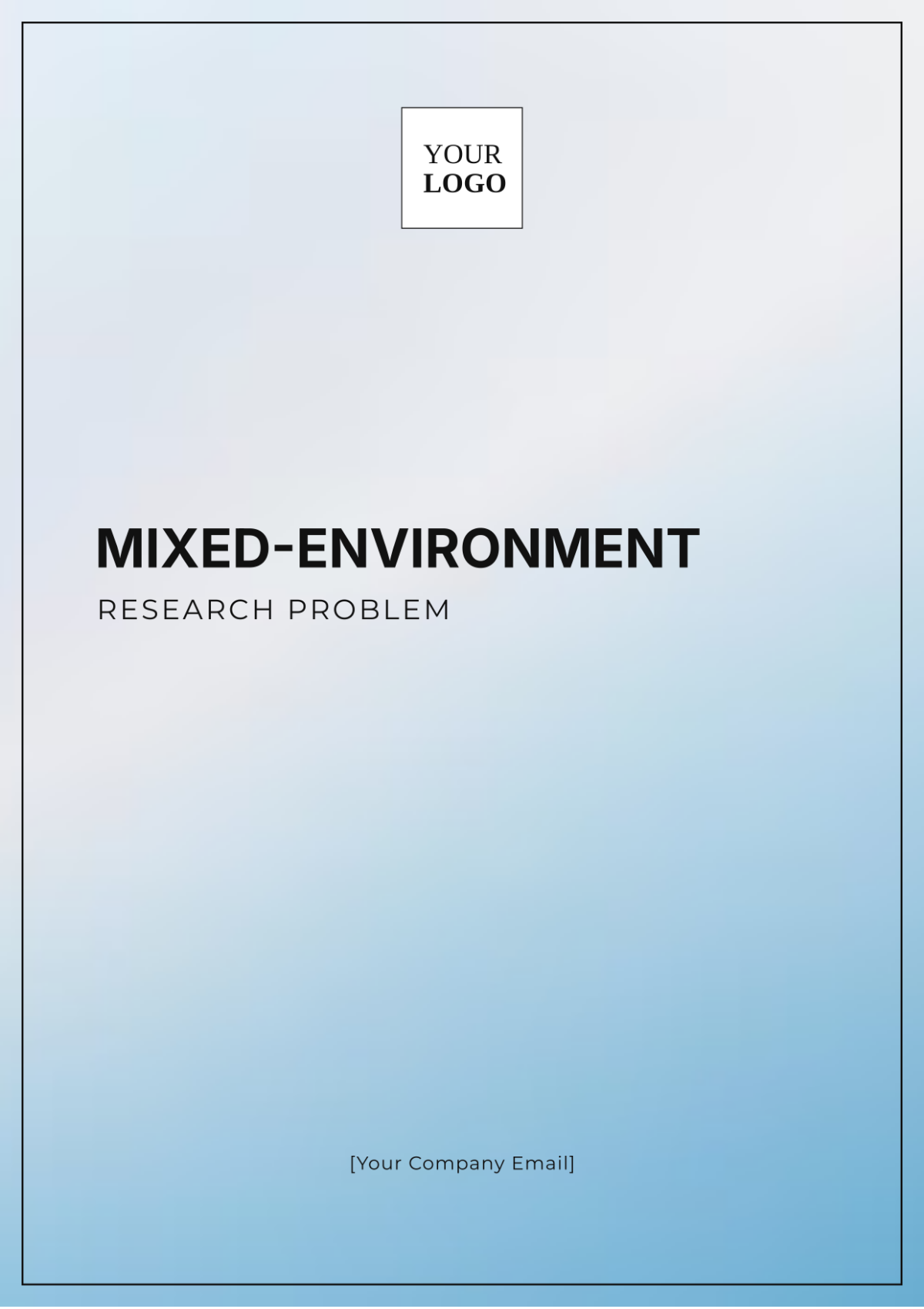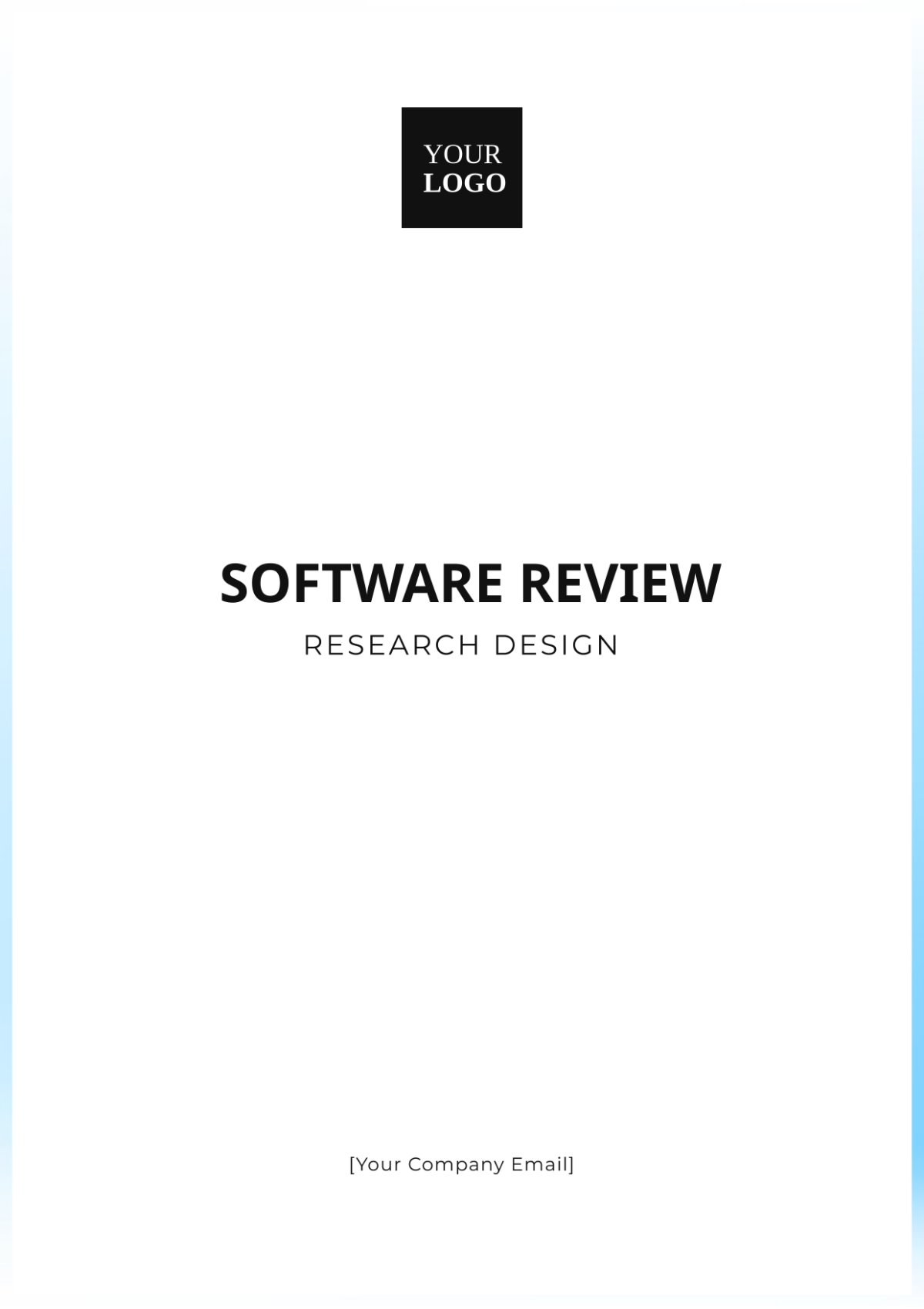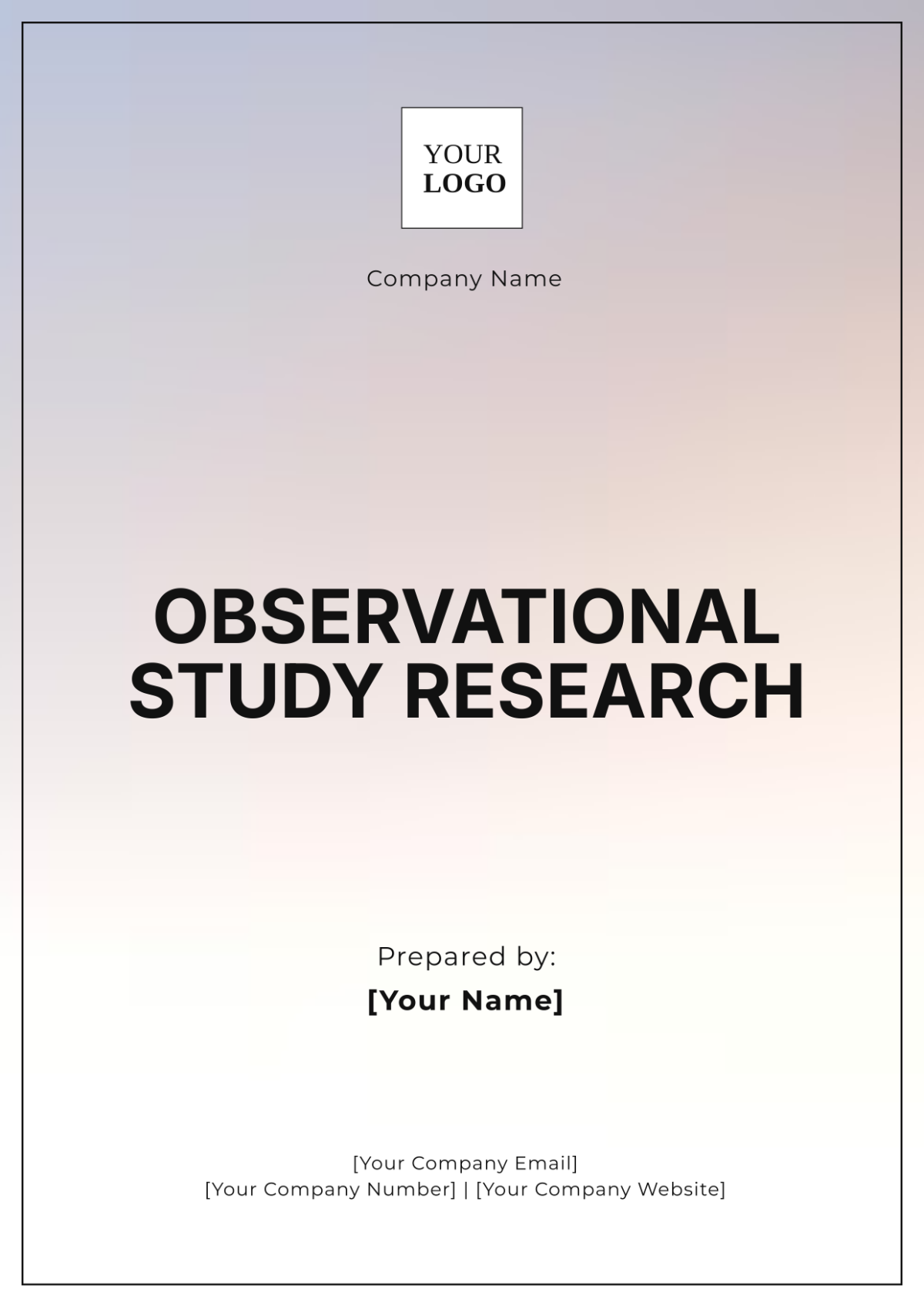Practical Research Problem
Prepared By: [Your Name]
Company Name: [Your Company Name]
1. Introduction
Employee turnover in tech startups is a significant challenge that negatively impacts productivity, increases hiring costs, and disrupts team cohesion. This research aims to explore practical strategies to reduce this turnover by examining the underlying factors and identifying effective solutions that can be implemented in real-world contexts.
2. Background
Tech startups are known for their fast-paced environments, rapid growth, and emphasis on innovation. However, these dynamic conditions can contribute to high employee turnover, which is often driven by factors such as:
Job Dissatisfaction: Issues with job roles, work-life balance, or compensation can lead employees to seek other opportunities.
Better Opportunities Elsewhere: Employees may leave for positions with better pay, benefits, or career advancement prospects.
Burnout: The demanding nature of startup culture can lead to burnout, causing employees to leave.
Misalignment of Company Culture: If employees' values or work styles do not align with the company's culture, it can result in higher turnover rates.
Understanding these factors is crucial for developing targeted strategies to retain talent and improve organizational stability.
3. Research Objectives
The primary objectives of this research are:
Identify the Main Causes of Employee Turnover: Determine the specific reasons why employees are leaving tech startups.
Evaluate the Impact on Startup Performance: Assess how turnover affects startup performance, including productivity, project continuity, and team dynamics.
Develop Actionable Strategies: Create practical recommendations for reducing turnover and improving employee retention.
4. Methodology
This research will adopt a mixed-methods approach, combining quantitative surveys and qualitative interviews. The survey will target employees of various tech startups to gather statistical data on turnover rates and contributing factors. In-depth interviews with HR managers and former employees will provide deeper insights into the contextual nuances of turnover.
Method | Details |
|---|---|
Quantitative Surveys | Administer surveys to collect data on turnover rates, job satisfaction, and reasons for leaving. |
Qualitative Interviews | Conduct interviews with HR managers and former employees to gain insights into the turnover phenomenon and potential solutions. |
5. Expected Outcomes
The research is anticipated to provide:
A Comprehensive Understanding of Causes: Insights into the primary factors driving employee turnover in tech startups.
Identification of Best Practices: Best practices and strategies for enhancing employee retention based on empirical data and industry benchmarks.
Strategic Framework: A practical framework for HR managers to implement, aimed at reducing turnover and fostering a supportive work environment.
6. Conclusion
Employee turnover in tech startups presents a formidable challenge. By investigating the root causes and examining actionable strategies to mitigate this issue, this research aims to provide valuable insights that can be practically applied to enhance employee retention and foster a stable, productive working environment.
7. References
Smith, J. (2051). Managing Human Resources in Tech Startups. TechWorld Publications.
Johnson, R., & Lee, K. (2050). Employee Turnover in the Modern Workplace. Journal of Business Research, 112(4), 213-229.
Martinez, L. (2051). Why Employees Leave Startups: An In-Depth Analysis. HR Review, 25(3), 45-58.

















































